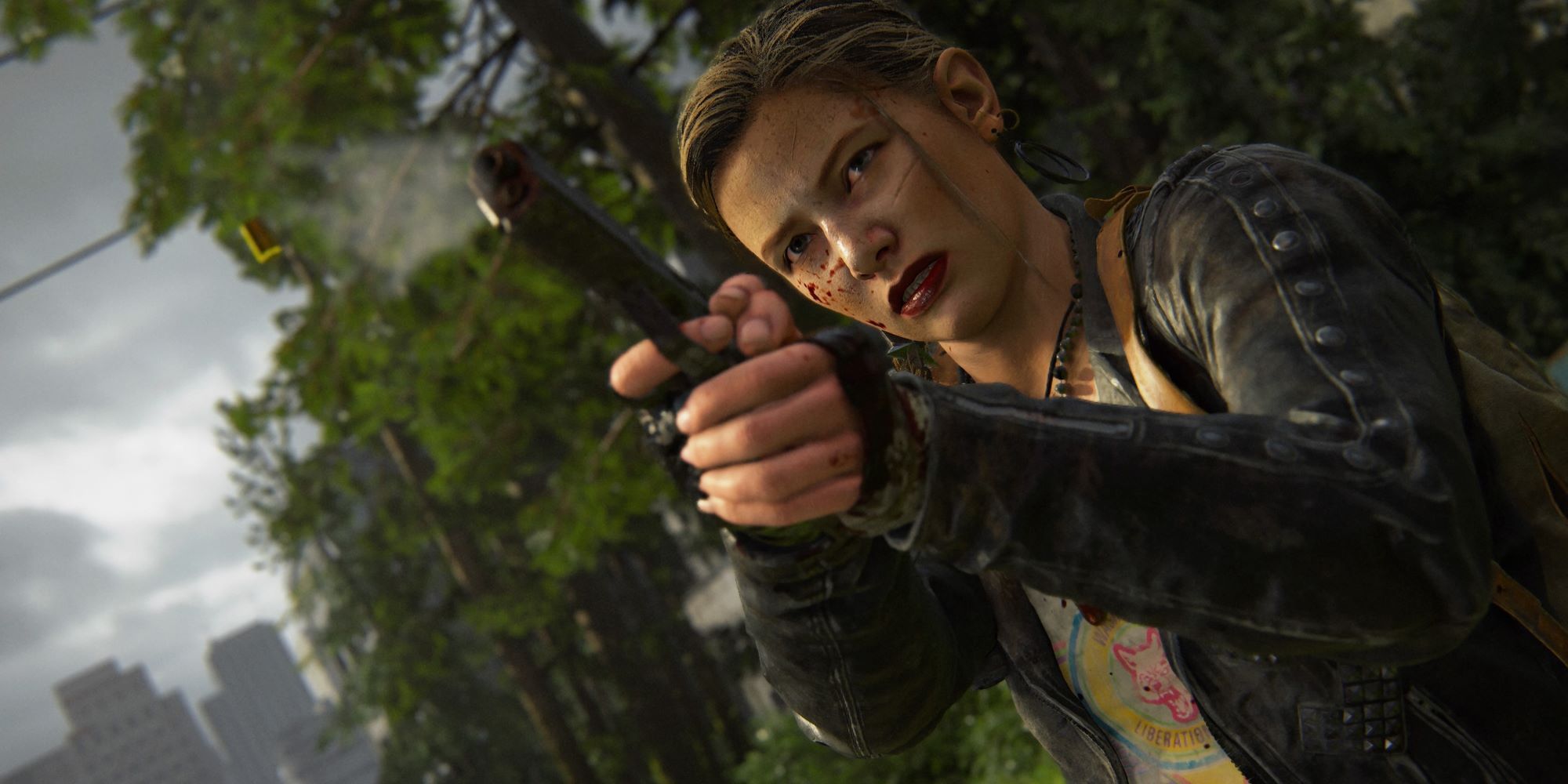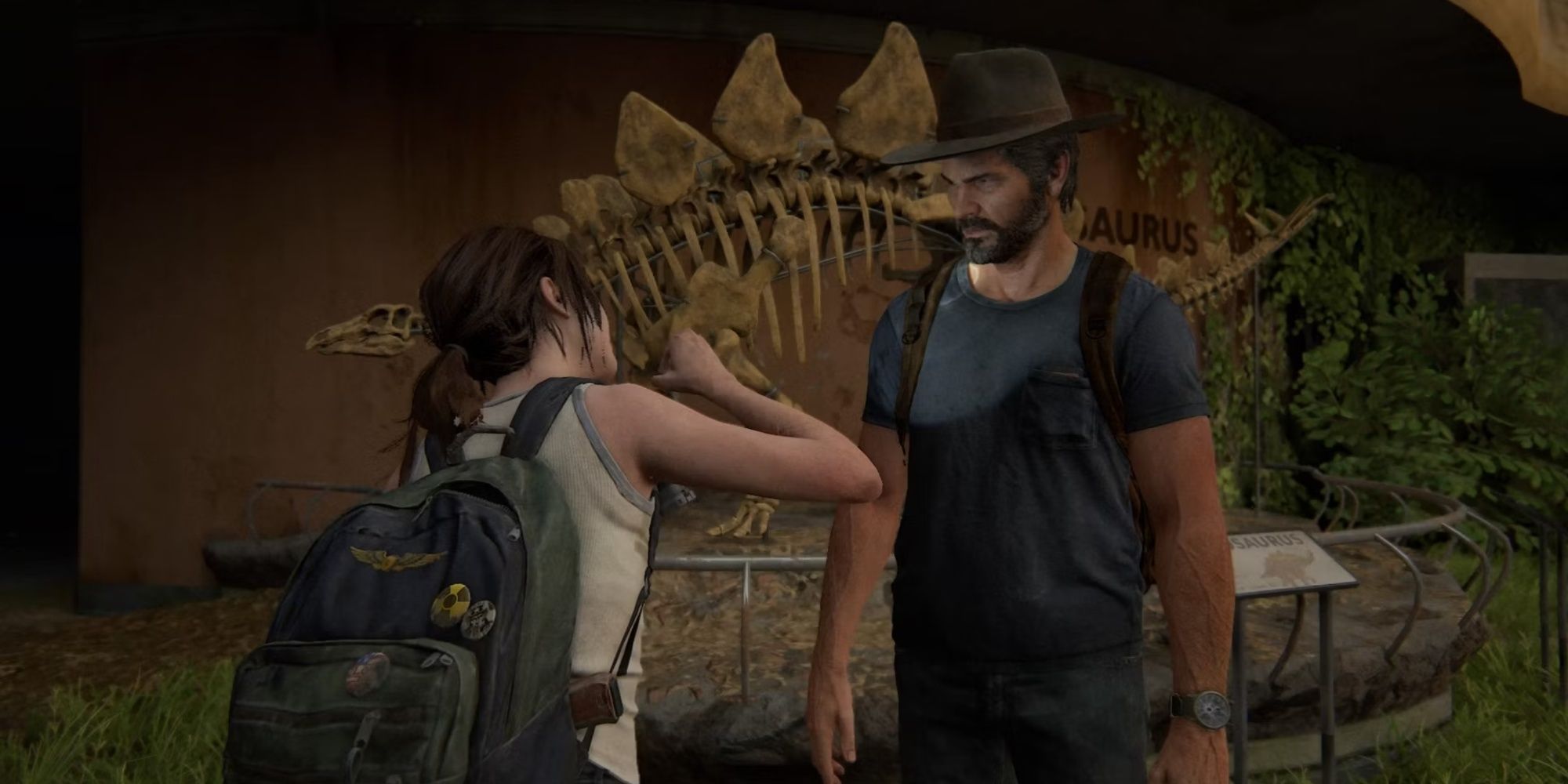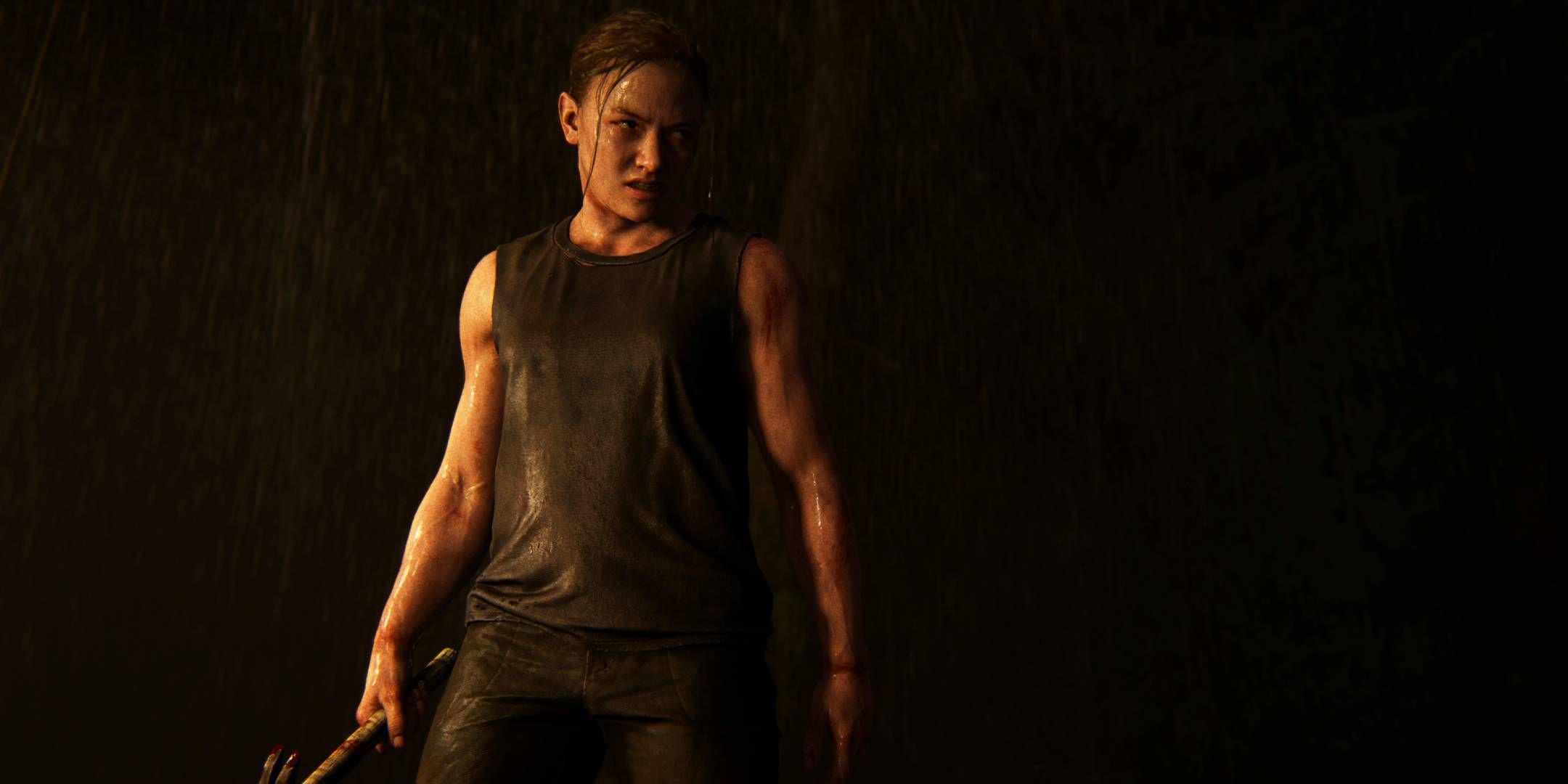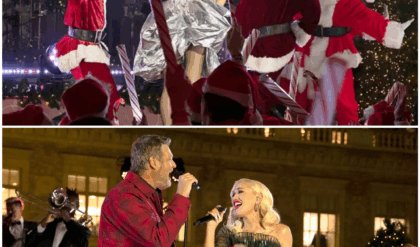Craig Mazin, co-creator of HBO’s The Last of Us, recently teased that the adaptation of Naughty Dog’s survival horror series could dine out on The Last of Us Part 2 for three seasons. Season two will kick things off, but it’s only seven episodes long compared to the first season’s nine.
The Last Of Us Part 2 Is All About Mirroring
Given that The Last of Us Part 2 is twice as long as the first game, the series seems to be easing into this part of the story like a hot bath. Mazin even said that he had a hard time seeing how they could fit the remaining material into just one more season of TV, which hints that, assuming HBO gives the green light, they’ll attempt to stretch one game over three seasons of TV. It was always going to be difficult to adapt TLOU2, but this multi-season approach seems antithetical to what the game does so well.

The Last of Us Part 2 is a game built around mirroring. It has two heroines, who go on similar journeys. Its opening hours introduce us to Abby and reintroduce us to Ellie. Then we play through Ellie’s version of events. At the midway point, we swap perspectives and play through Abby’s version of events.
Once we catch back up, we move on to a final portion where we play as both characters. If you picture the game’s structure, it looks a lot like the Caduceus — the symbol of the medical profession with two snakes entwined around a rod. In TLOU2, revenge is the rod, and the two protagonists’ quest to get it intertwines them around each other. How does that tightly structured feat of storytelling work when you stretch it out from one compact unit to three seasons? I’d argue that it probably won’t.
Three Seasons Does Not Equal Three Years

It would be difficult to translate The Last of Us Part 2’s story to three seasons of TV, even back in the era when TV actually came out with some regularity. Lost had to write Walt out of the show because the young actor who played him grew up too quickly for it to work with the show’s timeline. He shows up briefly in one late episode and is a foot or two taller than the last time we saw him. The Last of Us Part 2 doesn’t have any kids in its key cast, but it does have Lev and Yara, who are teens. If the series keeps those ages intact, it will need to cast pretty young actors to make the age difference between Kaitlyn Dever and the actor chosen to play Lev register on screen. She’s supposed to be his mentor, and that won’t work as well if they cast an adult actor.
The Last of Us isn’t being made in the traditional model of TV. It’s being made for HBO in the streaming era, when shows go off the air for multiple years at a time. The first season aired in 2023 and the next won’t premiere until 2025. It’s been two years since the last season of Stranger Things aired, and it won’t be back until next year. House of the Dragon, similarly, took two years between seasons. With rare exceptions — props to The Bear — this is the pace streaming and cable TV operate at. If The Last of Us keeps moving at the same pace, the short time span of The Last of Us Part 2 will be spread out over six years.
Screenshots From The Last Of Us Part 2

That seems like far too long a timespan to tell this story over. The bulk of the game’s narrative takes place over just three days. Its dual storyline is impactful because when you play through a portion as Abby, you can see the effects of Ellie’s actions, and vice versa. It’s consistently interesting to see how wrong the conclusions Ellie and Abby draw about their world and each other are, and that dramatic irony is something that really makes the twin campaigns cohere. Spreading this out across six years of TV can’t help but dull that impact. Instead of one coherent unit of storytelling, I can’t help but worry it will feel sprawling and messy in a way that the game never did.





